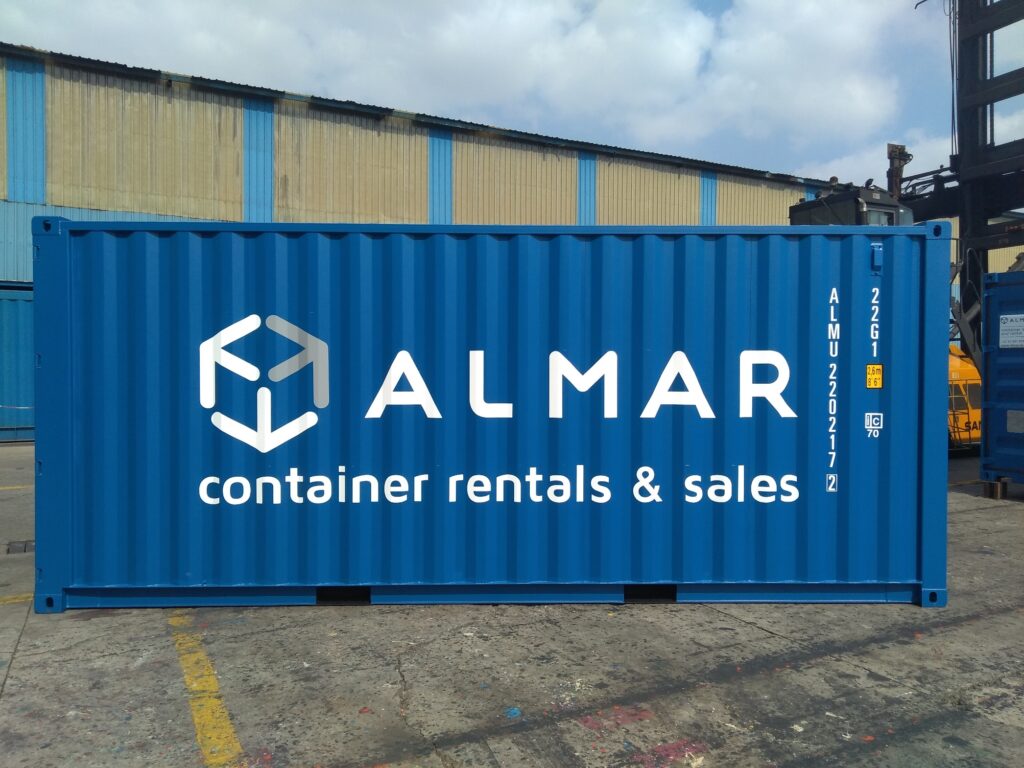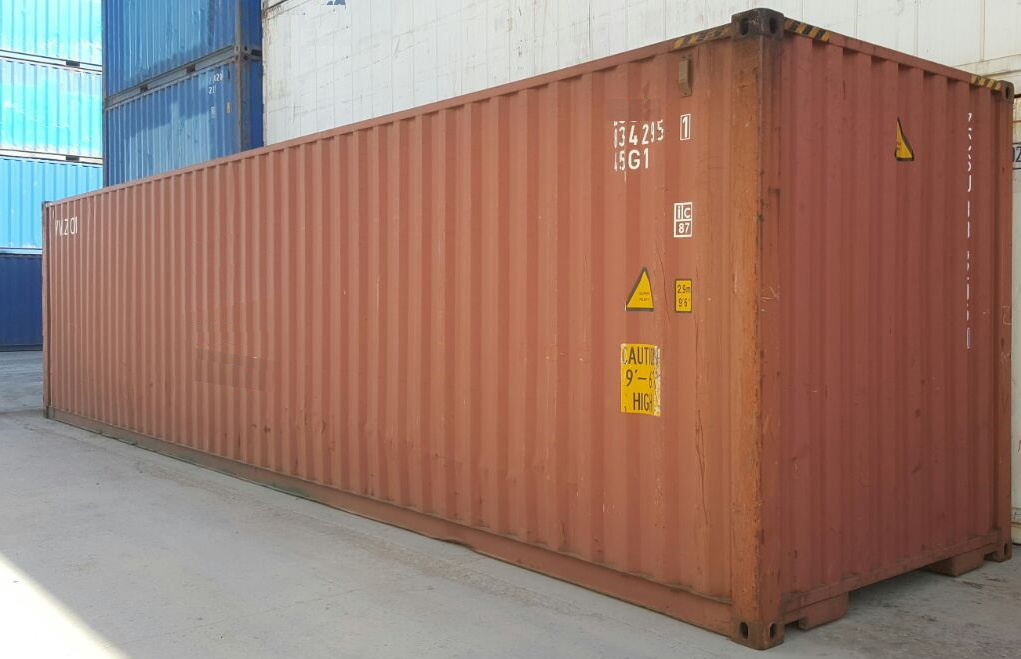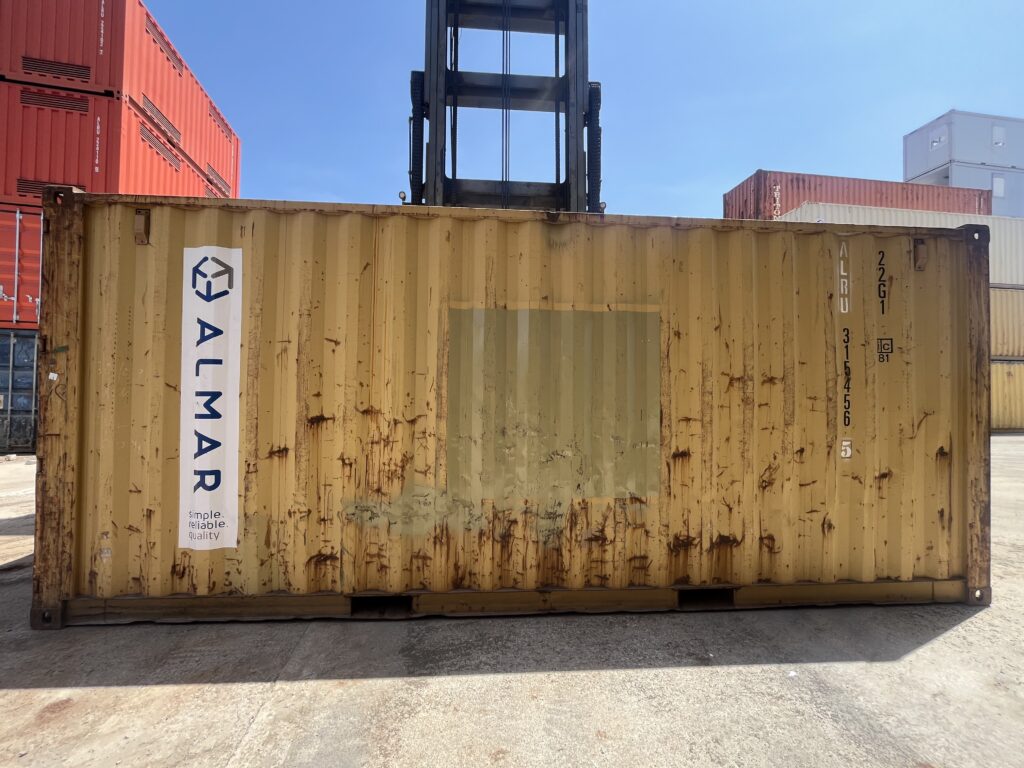Whether you're sourcing a container for extra storage, a project site, or transport needs, one of the most important factors to consider is container grading. In Kenya’s dynamic container market, terms like Grade A, B, and C are often used — but what exactly do they mean?
Understanding these grades not only help you match the right container to your budget and intended use but also gives you peace of mind about what you’re getting.
Shipping containers are built tough - but years of exposure to the elements, heavy cargo and repeated handling at ports naturally affect their condition. A container’s grade gives you a clear indication of its structural integrity, appearance, and suitability for specific applications.
If you're unsure whether to invest more for a higher-grade unit or save on a more weathered option, understanding the differences will help you make a better choice.
Perfect for: Customer-facing storage, long-term use, or where appearance matters.
Grade A containers are a smart investment when you need something durable and professional-looking. They often cost more, but the lifespan and presentation justify the price.

Perfect for: Secure storage, short-term site needs, or low-visibility areas.
Grade B is a great middle-ground for customers who value function over finish.

Perfect for: Basic static storage or non-critical applications.
Grade C containers offer the lowest upfront cost, making them ideal when budget is tight and looks aren’t a priority.

When selecting a container, consider:
Almar clearly labels and grades all our dry shipping containers, so you always know what you're getting.
Whether you’re in Nairobi, Karen or beyond - we’ll help you select the right container for your needs and budget.
Need assistance? Our team is here to offer advice and recommend the best grade for your project.



